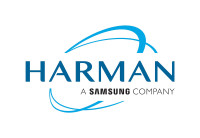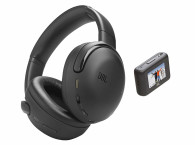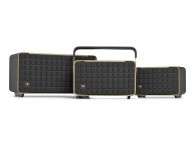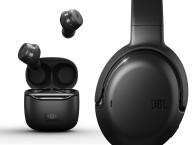
When the JBL Everest series headphones was introduced in 2015, Harman actually promised to build a whole new generation of augmented reality and smart features based on the platform. The vision, although not fully realized in any of the available original models, at least effectively served to promote a well-designed range of headphones in the current over-populated market.
Now, Harman announces the JBL Everest 2.0 series as “the pinnacle of long-lasting comfort, sound quality and personalization”, but we still have no news about the promise of smart augmented reality features. As the announcement confirms, the Everest 110, 310, 710, and Elite 750NC headphones are the flagship of JBL’s headphone portfolio, and “a musical companion listeners will value.” Otherwise, the series offers a variety of metallic shades including Gunmetal and Mountain Silver among other colors, with an exclusive Steel Blue shade in the Everest 110 and Elite 750NC models.
Updates include new Bluetooth specs, and improved batteries, now providing longer durations (15-25 hours) and quick recharge (2 or 3 hours), depending on the model. The on-ear and around-ear models incorporate a new specially-curved headband to eliminate pressure on the ears, while the ear cushions are crafted with new lightweight, memory-foam materials to maintain an effortless fit. For added convenience, the control buttons (volume, on/off, Bluetooth connectivity) are all now located on one side of the headphone. ShareMe 2.0 technology is also incorporated in the Everest 310 and 710 headphones, allowing users to connect with any brand of Bluetooth headphone and share music, videos and games with friends—easily and wirelessly. Prices range from $99.95 to $299.95 MSRP
 The new flasghip Everest Elite 750NC is outfitted with the latest Adaptive Noise-Cancelling (ANC) technology and includes JBL’s TruNote Auto Sound Calibration technology, which “adjusts sound based on the user’s ear anatomy to deliver the best possible listening experience,” the company says. Through the My JBL Headphones App, users have access to customization options and over-the-air (OTA) software updates that should ensure that the headphones are future proof - at least that what we assumed with the Elite 700 and the promised augmented reality and voice-assisted features.
The new flasghip Everest Elite 750NC is outfitted with the latest Adaptive Noise-Cancelling (ANC) technology and includes JBL’s TruNote Auto Sound Calibration technology, which “adjusts sound based on the user’s ear anatomy to deliver the best possible listening experience,” the company says. Through the My JBL Headphones App, users have access to customization options and over-the-air (OTA) software updates that should ensure that the headphones are future proof - at least that what we assumed with the Elite 700 and the promised augmented reality and voice-assisted features. We don’t understand why Harman never implemented the “smart features” that were promoted when the original Elite 700 model was introduced. But we have now learned that the Everest Elite 750NC does work with “Harman’s Everest Elite SDK (software development kit), which allows developers to unlock smart experiences, gaining access to the nine-axis motion sensor and programmable buttons, by downloading the SDK at www.developer.harman.com.” So, it’s true that the Elite 700 and 750 models hold the promise of all the promised “smart features,” but the reality is those have never been available because no one cared to actually explore the potential offered by the platform using the available SDK. That’s a new marketing strategy we must say!
jbl.com/wireless






